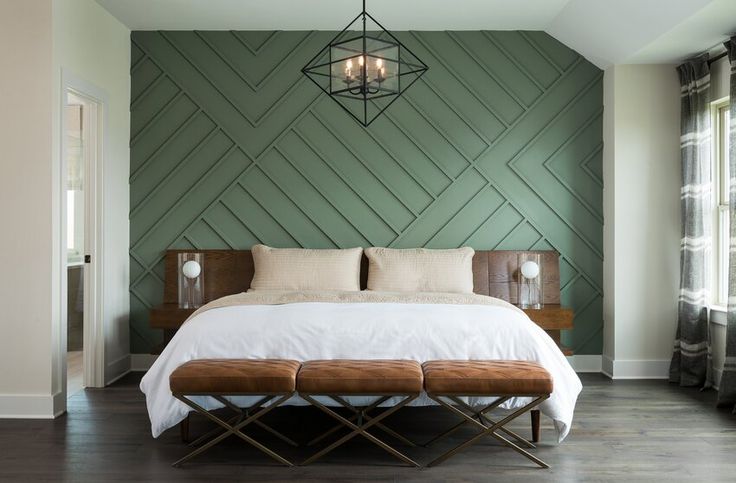Introduction: MDF (Medium Density Fiberboard) is rapidly becoming a popular material in the construction and interior design industry. This engineered wood product is highly versatile and used for a variety of applications, from furniture to decorative wall panels. But is it the right choice for your project? In this blog, we will cover the essential aspects of MDF—its benefits, disadvantages, how to install it, pricing, and ideal usage areas.
What is MDF? MDF is an engineered board made from wood fibers, sawdust, and resin compressed under heat. Unlike solid wood, MDF is created by pressing these materials into a dense board, making it smooth, uniform, and easy to work with. This makes MDF an ideal choice for cutting into custom shapes for decoration and furniture.
Benefits of MDF:
- Ease of Cutting: MDF can be easily cut into intricate designs, making it perfect for decorative features like moldings and wall panels.
- Smooth Surface: The smoothness of MDF allows it to be painted or finished without the need for additional sanding.
- Affordable: Compared to other wood products, MDF is more cost-effective, offering great value for money.
Pricing of MDF: As of March 2022, the price of MDF varies based on its quality and thickness. On average, a standard 18mm MDF board costs around ₹40 per square foot. Compared to plywood, which can cost significantly more, MDF offers a cost-effective solution for large-scale projects.
Water Resistance: While wood is susceptible to damage from water, MDF is even more vulnerable. It acts like a sponge and absorbs moisture quickly, which can cause it to warp or swell. Therefore, it is crucial to avoid using MDF in high-moisture areas like bathrooms or kitchens. When using MDF in dry areas, make sure to apply a protective sealant to prevent water from seeping into the board.
Screw Holding Capacity: MDF does not hold screws as well as plywood or solid wood. If you attempt to screw into it without proper preparation, the screws may not hold properly. To ensure a secure installation, use a pilot hole and consider reinforcing it with additional supports like wall anchors or specialized screws designed for MDF.
Where to Use MDF: MDF is best used in dry, interior areas such as:
- Furniture: Great for making tables, cabinets, and shelves.
- Wall Panels & Decorative Molding: MDF can be shaped into intricate designs, making it ideal for enhancing the aesthetic appeal of your home.
- Cabinets & Closets: It can be used for shelving, but avoid using it in kitchens or bathrooms.
Where Not to Use MDF:
- Bathrooms and Kitchens: The high moisture content in these areas can damage MDF over time.
- Heavy Furniture: MDF is not as sturdy as plywood or solid wood, so it is not suitable for items like heavy-duty furniture or large doors.
- Windows and Doors: Due to its susceptibility to moisture and its inability to hold screws well, MDF is not a good option for window frames or doors.
Conclusion: MDF is a versatile and affordable material that can be used for a variety of interior design projects. However, it’s essential to understand its limitations, especially when it comes to moisture exposure. If used correctly, MDF can provide years of service and enhance the aesthetic value of your home.

